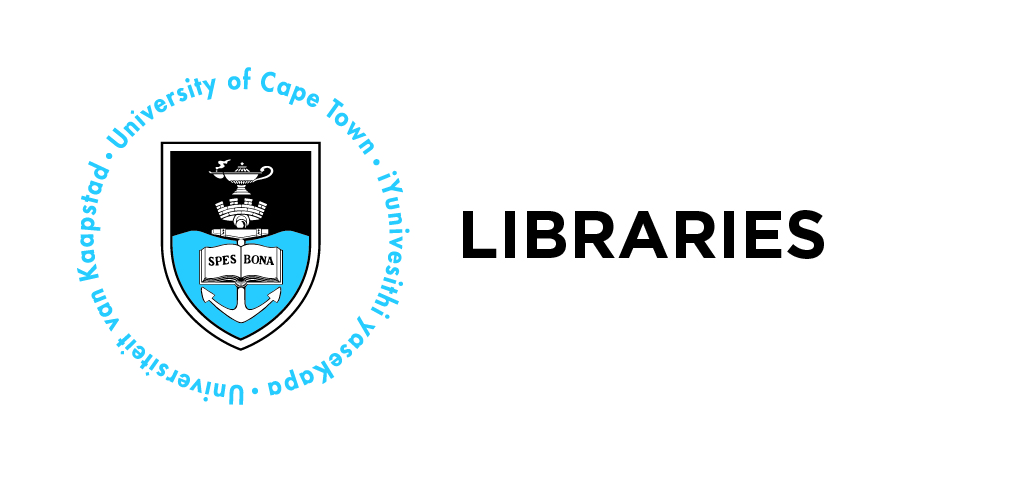Content begins here
Main page content
The Reading ListClick to collapse
Scenario 1: The Reading List
The first thing that needs to be done is to interpret a reading list that will have, amongst others, references to books and journal articles. You need to be able to differentiate between a book and a journal article before you start with the assignment.
Example
Here is what a typical citation or reference for a book looks like in the UCT author-date referencing style
Raju, R., Adam, A., Johnson, G., Miller, C. and Pietersen, J. 2015. The quest for a deeper meaning of research support. Cape Town: University of Cape Town Libraries. DOI: 10.15641/0-7992-2522-8.
Author/s. Date of publication. Title of the book. Place of publication: Publisher. Digital object identifier (DOI). International standard book number (ISBN).
A typical citation for a journal article would read as follows
Raju, R., Claassen, J., Adam, A., D’Angelo, A., Keraan, S., Mostert, N. and Vonk, S. 2018. Restructuring for relevance: a paradigm shift for academic libraries. Library management. 39 (6/7): 1-12. DOI: 10.1108/LM-06-2017-0062.
Author/s of the article. Date of publication. Title of article. Title of the journal, Volume (issue no.): page number. DOI
For more examples, you can consult the UCT Author-date Reference Guide: based on the Harvard Referencing style. For other referencing styles, please visit the Referencing page on the Libraries website.
Exploring your reading list
Now that you can differentiate between the different information resource types (e.g., books and journal articles), you can now start your search. It is important to note that there are a substantial number of those references which will be in electronic format (e.g ebooks and journal articles). However, there will be references which will be in hardcopy (paper) format, and you will have to go to the library to borrow or photocopy. Please make sure that you follow copyright legislation (rules) when you are making photocopies.
Scenario 2: Developing and applying keywords
If you have not been given a reading list, you will need to develop a set of keywords and apply these keywords to a search process.
The first step in this process is to understand your assignment topic. You need to have a good idea as to exactly what the topic requires. A good starting point in understanding the topic is accessing disciplinary reference material.
The Library has collections of subject encyclopaedias and handbooks that serve as a great source of background information on a variety of topics to start your research. This background reading sets a good foundation for the creation or identification of keywords.
What are keywords?
Keywords are words in your assignment topic that provide guidance on how to select or identify key concepts you will be looking at.
You need to choose keywords and phrases that best describe that topic. Please remember to include synonyms, related terms and alternative spellings in your list.
Once you have developed your keyword list, you can now use these keywords to find the necessary information resources.
The starting point in the collection of the information resources is the library platform, Primo, library databases and (if necessary) Google Scholar.
